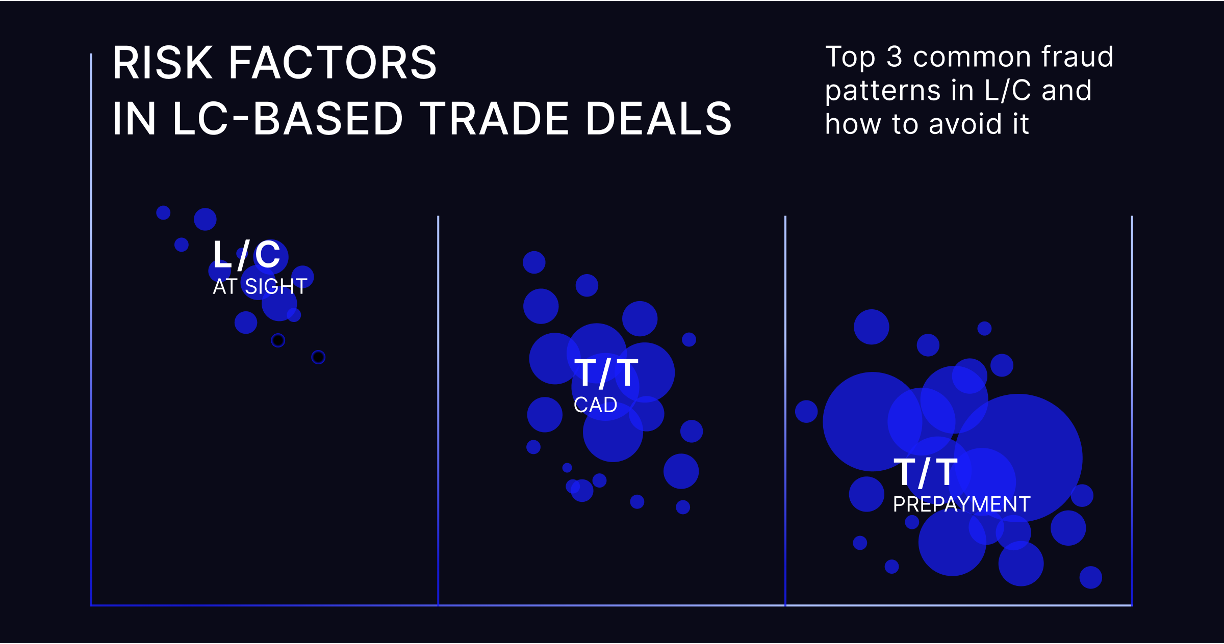
When dealing with high-value import or export transactions, both buyers and suppliers are commonly concerned about safeguarding against payment risks. One of the most established solutions in global commerce is the use of a letter of credit (L/C). By involving a reputable bank, a letter of credit provides security that payment will be made only after meeting specific shipping and documentation requirements. From the buyer’s perspective, this process ensures that funds are not released unless the agreed goods are shipped. For the supplier, it promises timely collection of payment, lowering counterparty risk. However, it is important to recognize that even with an L/C, there remain several risks that can undermine the transaction’s security. Below, we explore the top three letter of credit risks every business should know.
While letters of credit are designed to mitigate many payment issues in global trade, they are not foolproof. Multiple risks remain, often due to the reliance on documentation and the complexities of international banking relationships. Both buyers and sellers must be vigilant, as fraudulent activity, operational errors, or unfavorable terms in the L/C can lead to substantial financial losses or contract disputes. Especially when dealing with new partners, unfamiliar markets, or banks with unclear reputations, the probability of encountering risk increases. Understanding these risks helps businesses implement additional safeguards and strengthens the overall reliability of their international trade transactions.
Exporters may forge essential documents such as bills of lading or inspection certificates to make it appear as if the shipment meets all L/C requirements. Since banks usually rely solely on the documents provided, they may unknowingly process payment for goods that are undelivered, not contractually compliant, or even substituted with worthless items. In some cases, the goods are sold to another consignee by switching details after documentation submission.
Certain regions, especially emerging markets with weak regulation, have seen cases where the L/C issuing bank is either non-existent or does not honor its obligations. An infamous example is the Azerbaijan Eurobank case, where the issuing bank failed to pay and became unreachable. Such scams are prevalent in areas with weak financial supervision, rapidly changing banking sectors, and a high prevalence of shell or shadow banks—including CIS countries, parts of Africa and the Middle East (especially GCC), Southeast Asia, and South America.
Some L/Cs contain onerous or ambiguous clauses that allow buyers to reject payment based on minor or technical discrepancies in documents. Always thoroughly review all clauses in the L/C to avoid inadvertent exposure to payment denial Also, deferred or partial payment clauses in an L/C intended to minimize risk can also be exploited. Fraudulent exporters may refuse delivery, exploit the delayed payment structure, or withhold the remaining goods or funds after receiving an initial payment.
Mitigating letter of credit risk requires a proactive and thorough approach. Start by verifying the credentials and reputation of every participating bank, especially when dealing with unfamiliar countries or institutions. Precise drafting and careful review of all L/C clauses—notably those relating to documentation and payment triggers—are critical to prevent misinterpretation or abuse. Many companies further protect themselves by involving third-party inspection agencies to verify the goods prior to shipment. Additionally, using secure communication channels and standardized document formats can reduce operational mistakes and the potential for forgery. By anticipating and managing the most common letter of credit risks, you can ensure safer and more reliable cross-border transactions.
Letters of credit provide powerful protection, but understanding and managing their inherent risks is essential for successful international trade. Key threats—from document fraud to phantom banks and unfavorable terms—require awareness and diligence at every step of the transaction. Always verify participating banks, invest in document scrutiny, and consider third-party inspections when needed. By staying informed and implementing robust preventive measures, trade professionals can minimize letter of credit risks, secure their payments, and build stronger global business relationships.
Download our in-depth guide for trade escrow or contact us for consultation at pay.tridge.com